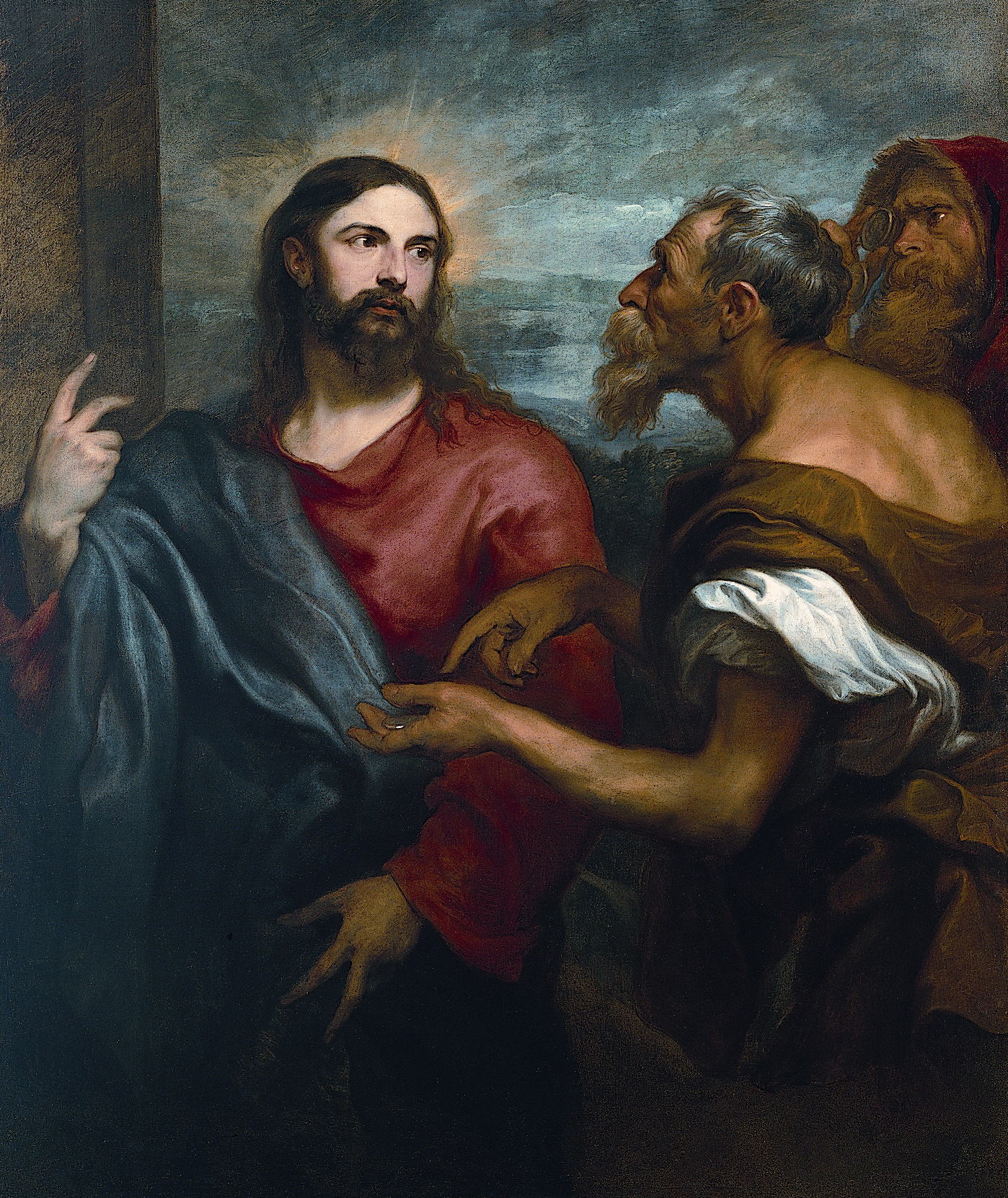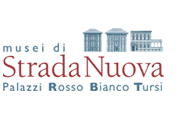
Click here to view image
The Christ of the Coin
Maria Brignole-Sale De Ferrari 1889 Genova - legato
Van Dyck, Antoon
painting
1624 - 1625 - XVII
PB 191
Unità di misura: cm; Altezza: 142; Larghezza: 119
olio su tela
Mostra d'arte antica aperta nelle sale del Palazzo Bianco - Genova - 1892<br>Cento opere di Van Dyck - Genova - 1955<br>Anthony Van Dyck - Washington - 1990<br>Van Dyck a Genova. Grande pittura e collezionismo - Genova - 1997
The painting, datable around 1625, appears to be a reinterpretation of a canvas of similar subject painted by Titian for Philip II of Spain, now in the National Gallery in London. The latter must have been known to the artist probably through an engraving by Martino Rota, as is confirmed by the fact that the composition conceived by Van Dyck reproduces the Titian one in counterpart, that is, by reversing it “in mirror form.” The subject of the work is the Gospel episode in which the Pharisees try to persuade Jesus to take a stand on the controversial issue of taxes and recognition of Rome's political authority. When questioned about the permissibility of tribute to Caesar, Jesus asked to be shown a coin and, pointing to the effigy of the emperor imprinted on it, uttered the phrase “give to Caesar what is Caesar's and to God what is God's,” inviting them to make a distinction between what belongs to the emperor and what belongs to God. (Besta 2010, p. 76) The painting depicts Christ conversing with two people.




